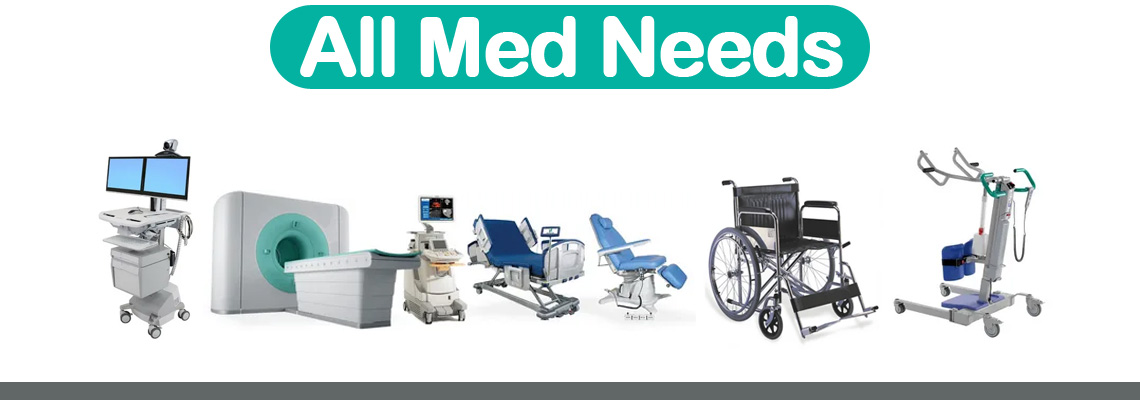
A suction set, also known as a surgical suction device or suction apparatus, is a medical instrument used in various healthcare settings to remove fluids, secretions, and debris from a patient's body during surgical procedures, medical examinations, or emergency situations. It plays a critical role in maintaining a clear surgical field, facilitating effective respiratory management, and promoting patient safety. The suction set consists of several components that work together to create a vacuum for efficient suction and fluid removal.
Components of a Suction Set:
- 1. Suction Pump: The heart of the suction set, the suction pump generates the vacuum pressure necessary for fluid and debris removal. It can be a mechanical hand-operated pump, an electric pump, or even a portable battery-operated pump, depending on the specific medical scenario.
- 2. Suction Tubing: Suction tubing connects the suction pump to various suction catheters and tips, allowing the transfer of negative pressure from the pump to the patient's body. The tubing is usually transparent to allow medical professionals to monitor the fluid flow.
- 3. Collection Canister: The collection canister serves as a reservoir for the collected fluids, secretions, and debris. It is often equipped with measurement markings to quantify the volume of fluids removed. Disposable collection canisters are commonly used to prevent contamination and infection transmission.
- 4. Suction Catheters: Suction catheters are flexible tubes inserted into the patient's body to extract fluids or secretions. They come in various sizes and shapes to cater to different medical needs. Suction catheters may have open or closed tips, depending on their intended use.
- 5. Suction Tips: Suction tips are attachments that connect to the distal end of suction catheters. They come in different designs, including Yankauer tips for oral suctioning and Poole tips for intra-abdominal procedures. Each tip is designed to optimize fluid removal from specific body areas.
- 6. Filters and Bacteria Traps: Some suction sets feature filters or bacteria traps positioned between the patient and the collection canister. These components help prevent contaminants, including particulate matter and microbes, from entering the suction pump or other parts of the equipment.
Applications of Suction Sets:
Suction sets are indispensable tools used across various medical contexts:
- 1. Surgical Procedures: During surgeries, maintaining a clear operative field is crucial for the surgical team's visibility and precision. Suction sets are used to aspirate blood, fluids, and debris, ensuring an unobstructed view for the surgeon.
- 2. Respiratory Management: Suction sets are employed to clear airways and aid in the management of patients with compromised respiratory function. This is especially important in cases of excessive mucus, blood, or foreign objects obstructing the air passages.
- 3. Emergency Situations: In emergencies such as cardiac arrest or trauma, suction sets assist in rapidly removing fluids from the airways, allowing effective ventilation and resuscitation efforts.
- 4. Medical Examinations: Suction sets are used during medical procedures such as endoscopy or bronchoscopy to remove fluids, secretions, or other materials that might interfere with visualization or patient comfort.
Proper Usage and Safety:
While suction sets are invaluable medical tools, their proper usage and maintenance are essential for patient safety and effective outcomes:
- 1. Infection Control: Disposable components such as collection canisters and suction catheters should be disposed of properly after single use to prevent cross-contamination and infection transmission.
- 2. Vacuum Pressure: The appropriate vacuum pressure level should be selected based on the patient's condition and the procedure being performed. Excessive pressure can cause tissue damage or bleeding, while inadequate pressure might result in insufficient fluid removal.
- 3. Frequent Monitoring: Medical professionals should continuously monitor the suctioning process to ensure the proper functioning of the equipment and to prevent complications.
- 4. Aseptic Techniques: When inserting suction catheters into the patient's body, strict aseptic techniques should be followed to minimize the risk of introducing infections.
Conclusion:
The suction set is a fundamental tool in modern medical practice, contributing to the success of surgical procedures, respiratory management, and emergency interventions. Its ability to remove fluids and debris efficiently enhances patient safety and outcomes. Healthcare professionals must be well-versed in the correct usage of suction sets, adhere to safety protocols, and select the appropriate components based on the clinical scenario. By maintaining a clear surgical field, ensuring airway patency, and upholding infection control measures, suction sets play a vital role in delivering effective patient care across diverse healthcare settings.
